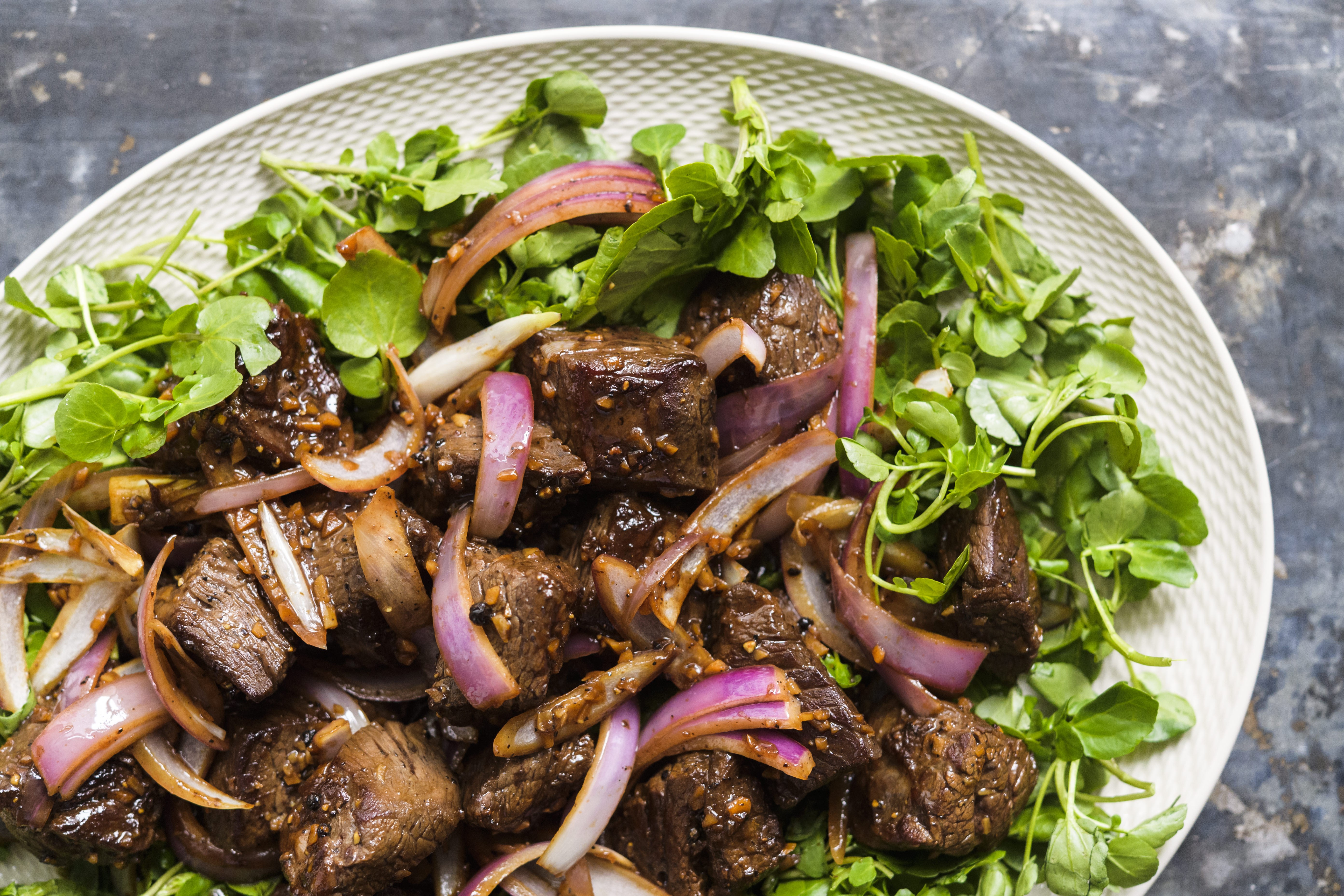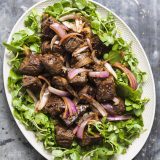Cafés spill out onto the sidewalks, the seats full of smokers leisurely sipping coffee, taking bites of croissants between puffs. Inside, beef bourguignon might be on the menu. Baguettes are everywhere.
But this is Vietnam, so the patrons sit on squat plastic stools instead of wicker bistro chairs. The coffee is half-full of sweet condensed milk. The baguettes are airier and crispier, better for handling a bánh mì’s pâté, pickled daikon and cilantro. And the crème caramel—better known as bánh flan—is made with coconut milk.
Only a handful of imperial relics like the filigreed Municipal Theater remain in Ho Chi Minh City, a colonial outpost for nearly a hundred years. But France’s influence on Vietnam remains in its food—in its ingredients, flavors and techniques.
Before the 19th century in what was then Saigon—what most people still call the city—water buffalo was more likely the protein of choice, and meat was cooked by boiling. Along came the French, and with them, beef, butter and sautéeing (not to mention coffee, wine and roasting).
Those three French elements combine with distinctly Vietnamese flavors in bò lúc lắc, or shaking beef. Cubes of beef about the size of dice are marinated in soy, fish and sometimes oyster sauces, plus sugar and garlic. The meat is quickly seared on hot cast iron in butter or oil. (One explanation of bò lúc lắc’s name suggests that cooks shake the pan to sear all sides.)
Scallions, shallots or bell peppers may be tossed into the pan briefly, long enough for their flavors to be released but quickly enough to stay crisp. Once cooked, the beef and vegetables top peppery watercress or fries (two more French imports).
The meal—savory and slightly sweet, with the tender beef contrasting the crisp vegetables—is not cooked in Vietnamese homes, nor is it found in the bustling Bến Thành market or the food stalls that line the streets of the central District 1. This is a restaurant dish, presented with style. But it’s hardly stuffy, white-tablecloth fare. It’s served among a mix of smaller dishes, accompanied by beer, not wine. Sometimes it arrives on a piping-hot cast-iron plate shaped like a cow, the meat still popping (or shaking) from the heat.
“People like to party here, and they order bò lúc lắc when they go out,” says Vu Vo, co-owner of food tour company Saigon Street Eats.

In the U.S., where beef is abundant and relatively cheap, bò lúc lắc is more home cook-friendly. It’s quick-cooking and made with minimal ingredients, which required only minor adjustments.
While Vietnamese-American restaurants often use pricey filet mignon for shaking beef, in Vietnam it’s typically made with tough, chewy cuts. At Milk Street, we took a middle ground with affordable, well-marbled sirloin tips (common on the East Coast) or lean, flavorful tri-tip (common on the West Coast).
The flavor of these cuts is best with a deeply seared exterior and a rosy interior, which meant shifting from small, chopstick-friendly bites to larger pieces that could withstand the heat needed to brown the beef without overcooking (few home stovetops can match the blistering heat with which this dish is typically cooked). This also meant abstaining from the dish’s namesake shaking in favor of a more static approach. A simple marinade of soy sauce and black pepper preserved the flavor profile of the original dish.
After searing, we set the beef aside. We deglazed the pan with lime juice, fish sauce and sugar, reducing the mixture to a syrupy sauce into which we returned the beef, along with red onion.
Coated in the tangy, slightly sweet sauce, the tender beef and the crisp-tender red onion went over a bed of watercress dressed in lime and salt. A final squeeze of lime brightened the flavors. Built from just 11 ingredients, this steak salad outstripped any we’d ever had.




